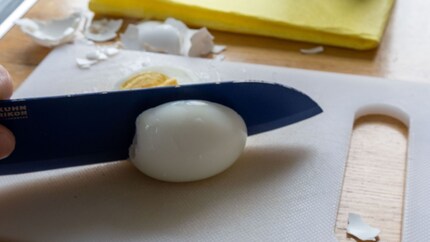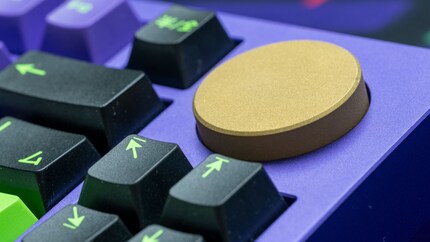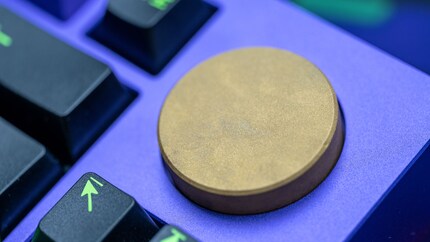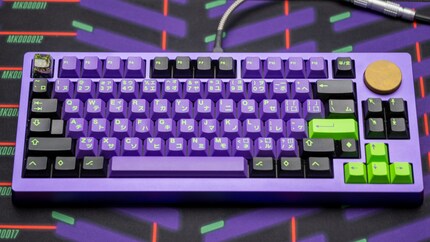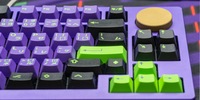
Background information
Keycap Kevin: a spicy patina for the knob on my keyboard
by Kevin Hofer
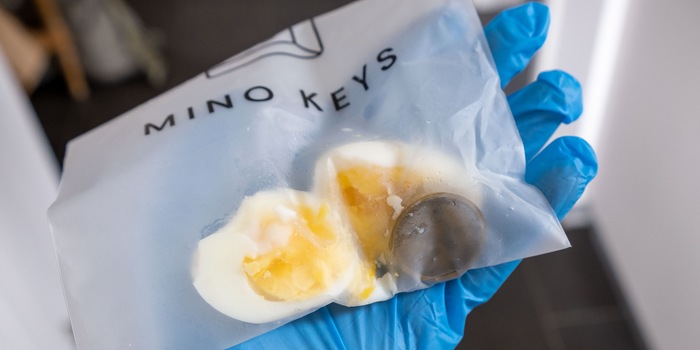
Brass can be artificially aged in a number of ways. I recently did it with heat, now I’m trying sulphur.
All lustre fades over time. This applies to metals as well as us humans. Brass is subject to abrasion and corrosion, which creates a patina on the surface. When it comes to the knob on my keyboard, the natural process is too slow for me, so I’m accelerating it artificially. This can be done in various ways. After using a soldering iron on the knob on my keyboard last time, this time I’m going to boil an egg.
The idea: the yolk of a hard-boiled egg gives off sulphurous gas, which creates the patina. I needed an egg, water, a saucepan and something to place the knob in to give it a patina. I chose a sealable bag.
Before I started, I cleaned the knob with silicone remover. After my last patina escapade, I touched it with my bare fingers. The grease from my finger could affect the result, so it has to go.
First, I boiled the egg for 12 minutes. Then I rinsed it off with cold water. Not ice cold, though; it should still be a little warm. I then peeled the egg and cut it in half. I put the pieces in the bag with the knob and sealed it up. The egg doesn’t have to be touching the knob.
As the egg gives off an unpleasant odour stinks, I put my mixture on the windowsill and let it sit there for four hours. When I opened the bag, the unpleasant smell hit me. So, I quickly removed the knob, resealed the bag and threw it away with the egg – I didn’t want to eat it anymore.
There’s not much of a difference compared to my heat patina. Unfortunately, I didn’t create any purple hues this time either – they’d go best with my keyboard. The knob now has patches on it and is slightly darker overall. I like it and I’ll leave it as it is for now. I opted against varnish. I want to see how the patina changes naturally over time.
Whether you use heat or egg, creating a patina is quick and easy. Personally, I won’t be using the egg method in future. Not because I don’t like the result; I just think it’s a shame to waste food. You don’t need to.
Header image: Kevin HoferFrom big data to big brother, Cyborgs to Sci-Fi. All aspects of technology and society fascinate me.
Interesting facts about products, behind-the-scenes looks at manufacturers and deep-dives on interesting people.
Show all